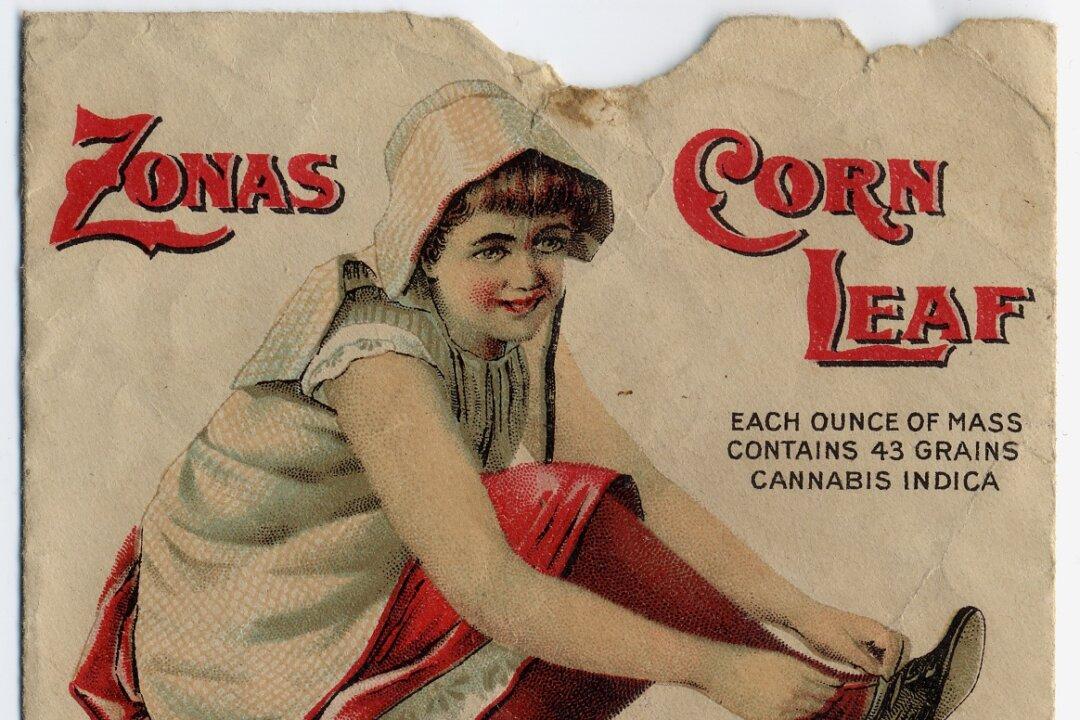NEW YORK—Fashion might be ruled by pragmatism and practicality in ready to wear, but when it comes to the realms of fairy tales, nature, magic, and mystery merge to provide fertile ground for designers to mine.
Fairy Tale Fashion, a new exhibition at the Museum at the Fashion Institute of Technology (MFIT), examines the genre through the lens of high fashion.
Although most children would be initiated into the land of make-believe through animated versions of popular tales, fashion designers prefer to go to the source. Given that fairy tales are passed down either orally or in written form, there is ample room for interpretation.
In versions of numerous fairy tales by authors such as Charles Perrault, the Brothers Grimm, and Hans Christian Andersen, the dress of a character relies on cultural stereotypes, often with added touches of magic to underpin his or her role in the story.
Rags to Riches and Back Again
“Cinderella”—the ultimate sartorial transformation and rags to riches tale, also has the irresistible element of a head-to-toe makeover courtesy of her fairy godmother. Her appearance in rags is represented in the exhibition by a Giorgio di Sant'Angelo ensemble with a skirt made from shredded chiffon, and dating from his 1971 The Summer of Jane and Cinderella collection.
And if the very concept of a glass slipper blew the imagination of readers contemplating such an accessory, it would almost compare with the pair of 2014 heel-less shoes by Noritaka Tatehana. These 3-D-printed, faceted acrylic creations do live up to all the fairy tale hype, possibly more than any other piece in the exhibition.
The main gallery space uses fashion to illustrate 14 classic fairy tales, arranged within four archetypal settings—the forest, the castle, the sea, and, according to curator Colleen Hill, the “parallel worlds” we find in “Alice in Wonderland” and “The Wizard of Oz.”
The Case for Sparkles
Among various versions of Little Red Riding Hood’s cloak, the Altuzarra (Fall 2010) example studded with Swarovski crystals pushes the concept beyond the tale into more modern day interpretations of fairy tale garb.
After all, and generally speaking, what sartorial depictions of the genre would be complete without the superlative sparkle of boundless riches, or better yet, precious materials conjured up by otherworldly beings like fairies?
As far as sparkly red attire and accessories go, the exhibition abounds with examples, from Dorothy’s ruby slippers (also by Noritaka Tatehana), to the sequined dress by Rodarte, inspired by the Wicked Witch of the West—a fire witch. Most spectacular is the minaudière bag, in the shape of a luscious red apple covered in Austrian crystals by Judith Lieber (Fall 2013). It is positioned at the feet of a Snow White reclined inside a glass coffin, wearing a rhinestone-studded gown from the Alice + Olivia (Fall 2014).






